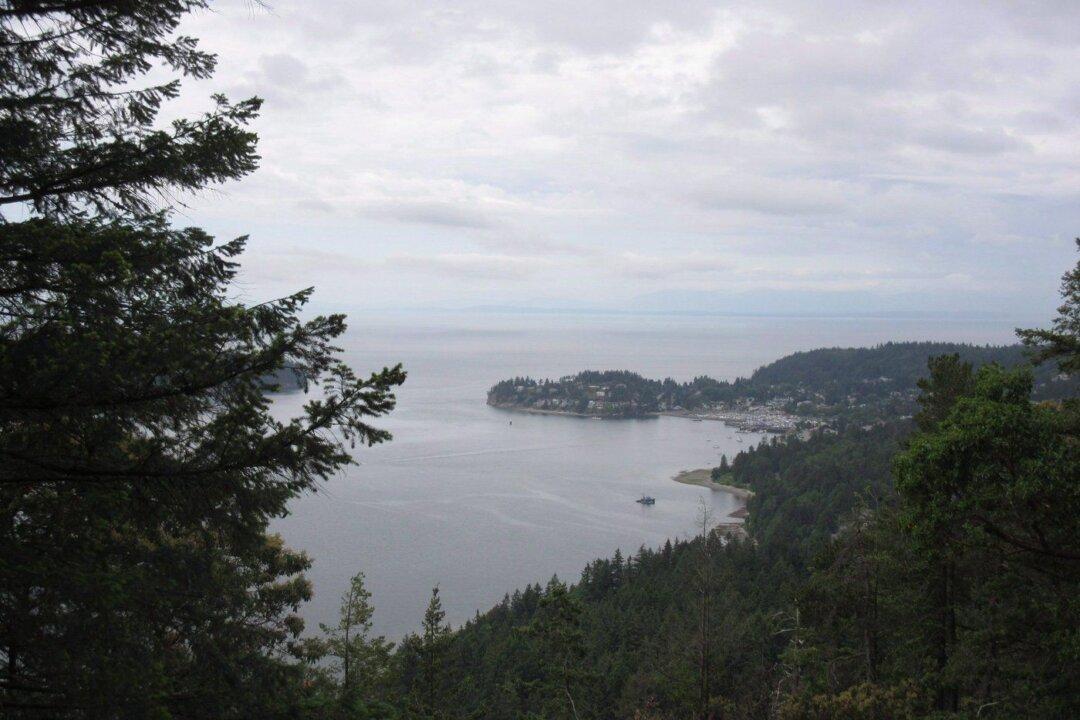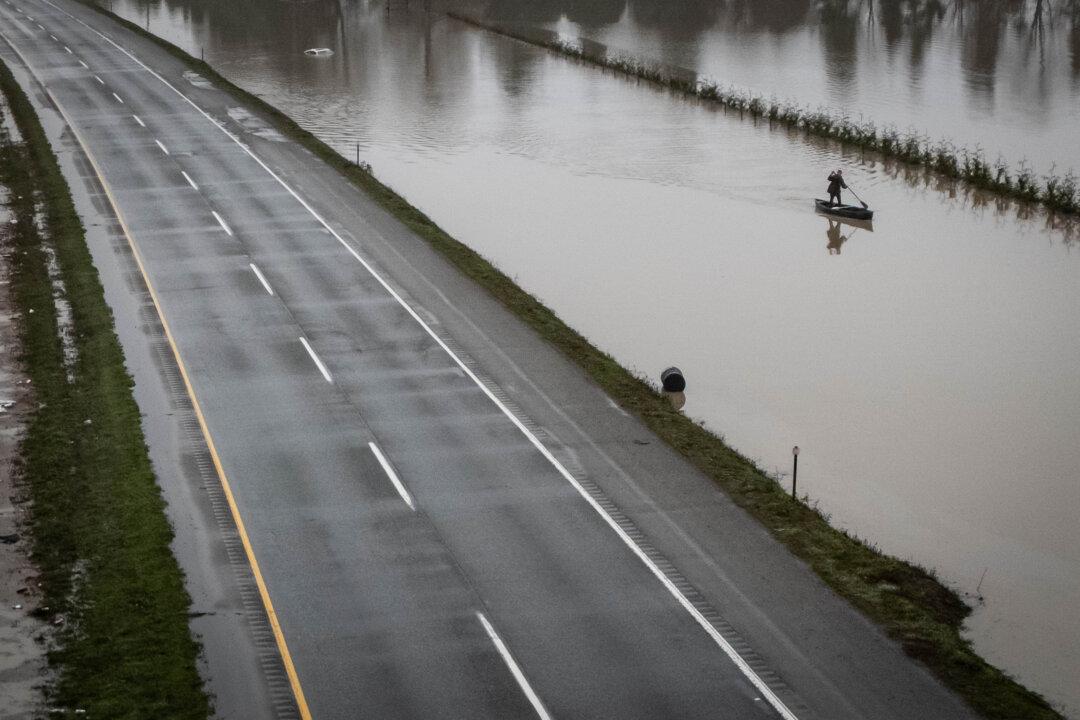Some businesses and amenities on British Columbia’s Sunshine Coast have been told to stop using all treated drinking water later today due to severe drought, but officials say there’s no need to panic.
The Sunshine Coast Regional District, District of Sechelt and shishalh Nation have declared a state of local emergency that takes effect Tuesday at midnight as the system that supplies water to about 90 percent of the homes and businesses in the Sechelt area is at “imminent risk” of running dry.





